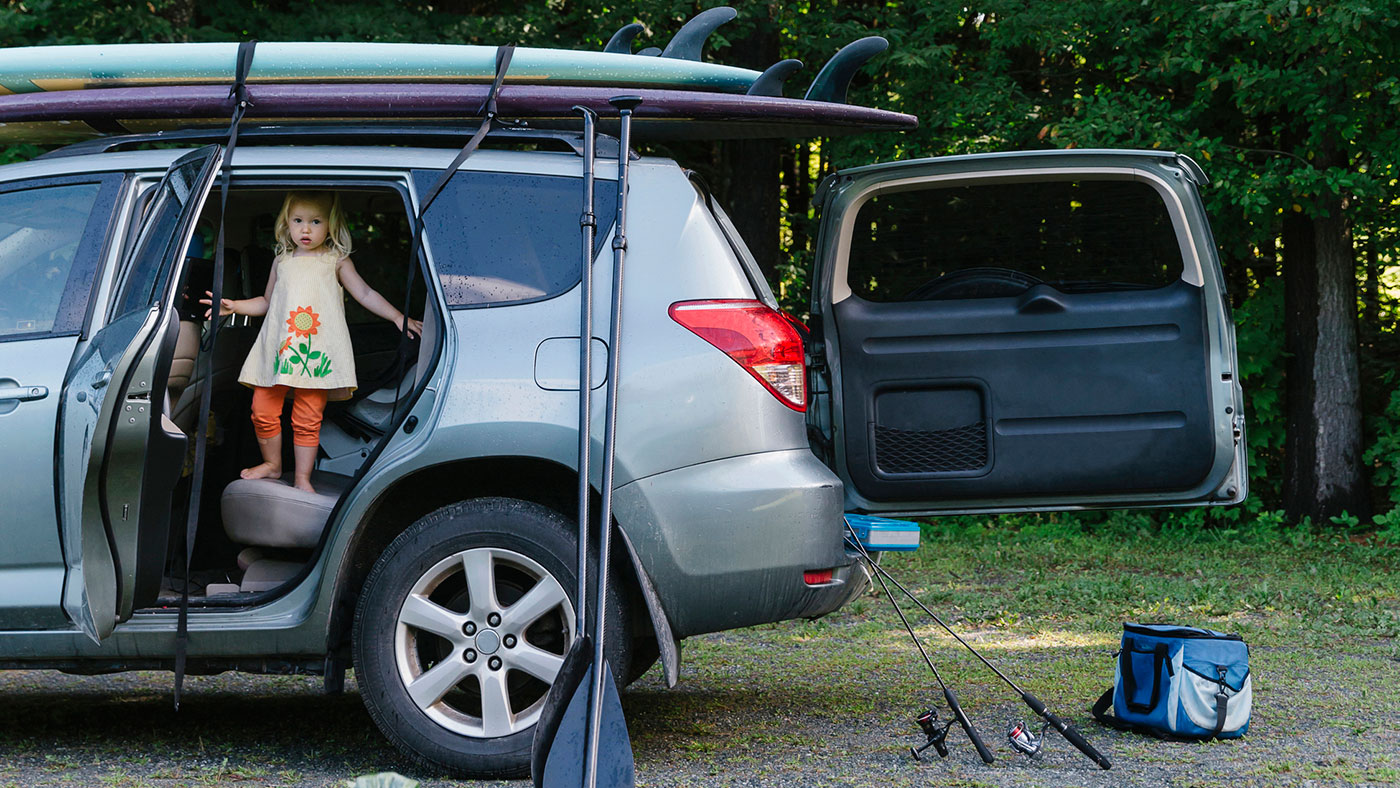Your engine oil is the lifeblood of your vehicle, and if it runs low or is too dirty, it can cause serious (and expensive) damage to the engine. Typically, a dashboard warning light will illuminate when a problem arises but before any damage is done.
How to prevent it: Before leaving on your trip, check the oil for proper levels and any sediment. With the engine cold and not running, raise the hood and remove the oil dipstick from its tube. Wipe the dipstick clean and insert it fully back into its tube. Remove the dipstick and check that the oil level is between the upper and lower level markings. If the level is at or below the lower mark, add oil to raise the level to the upper mark.
What to do: If the warning light comes on, contact AAA to tow your vehicle to a repair facility immediately to have it checked. The longer you drive with a problem, the greater you risk serious engine damage.





